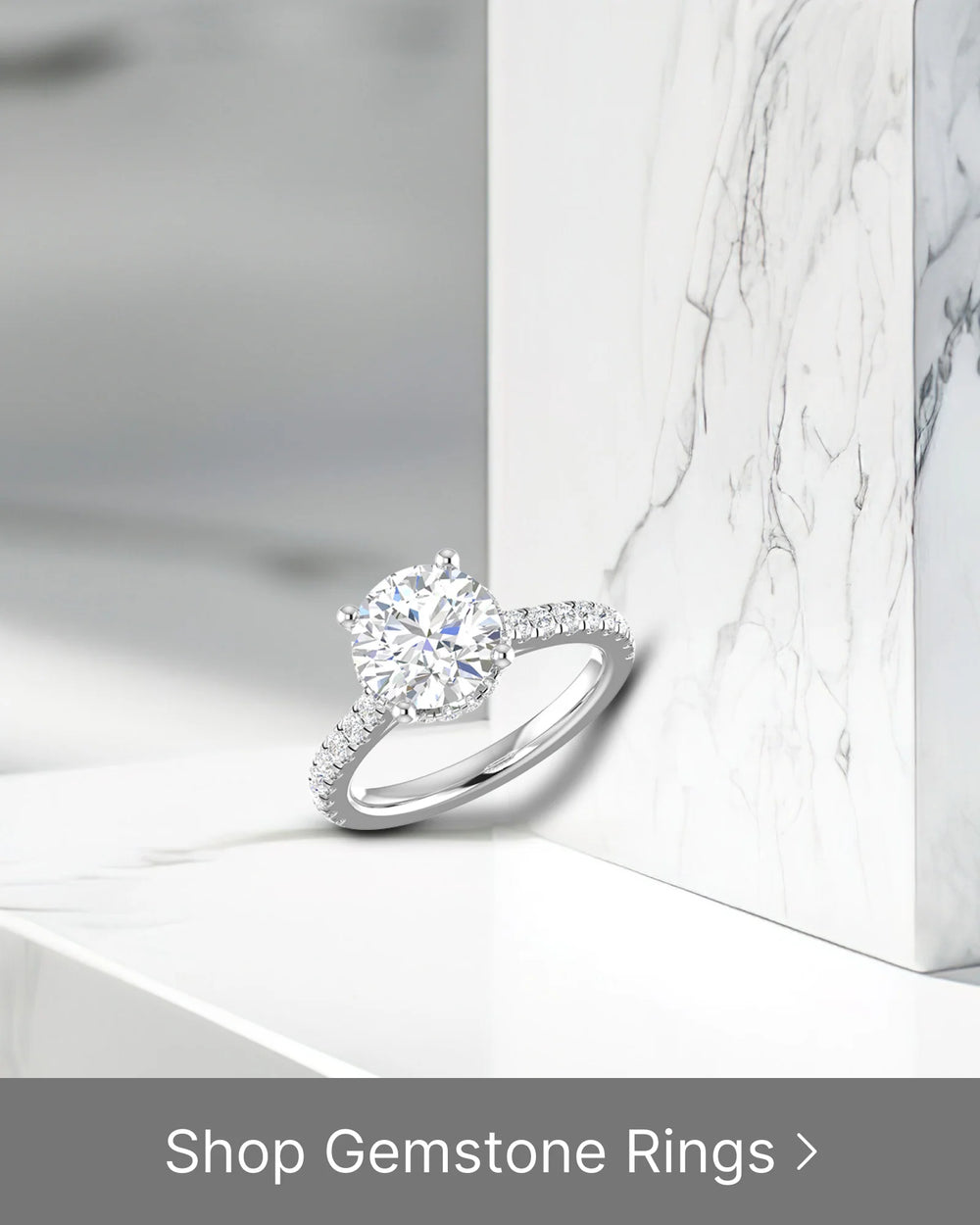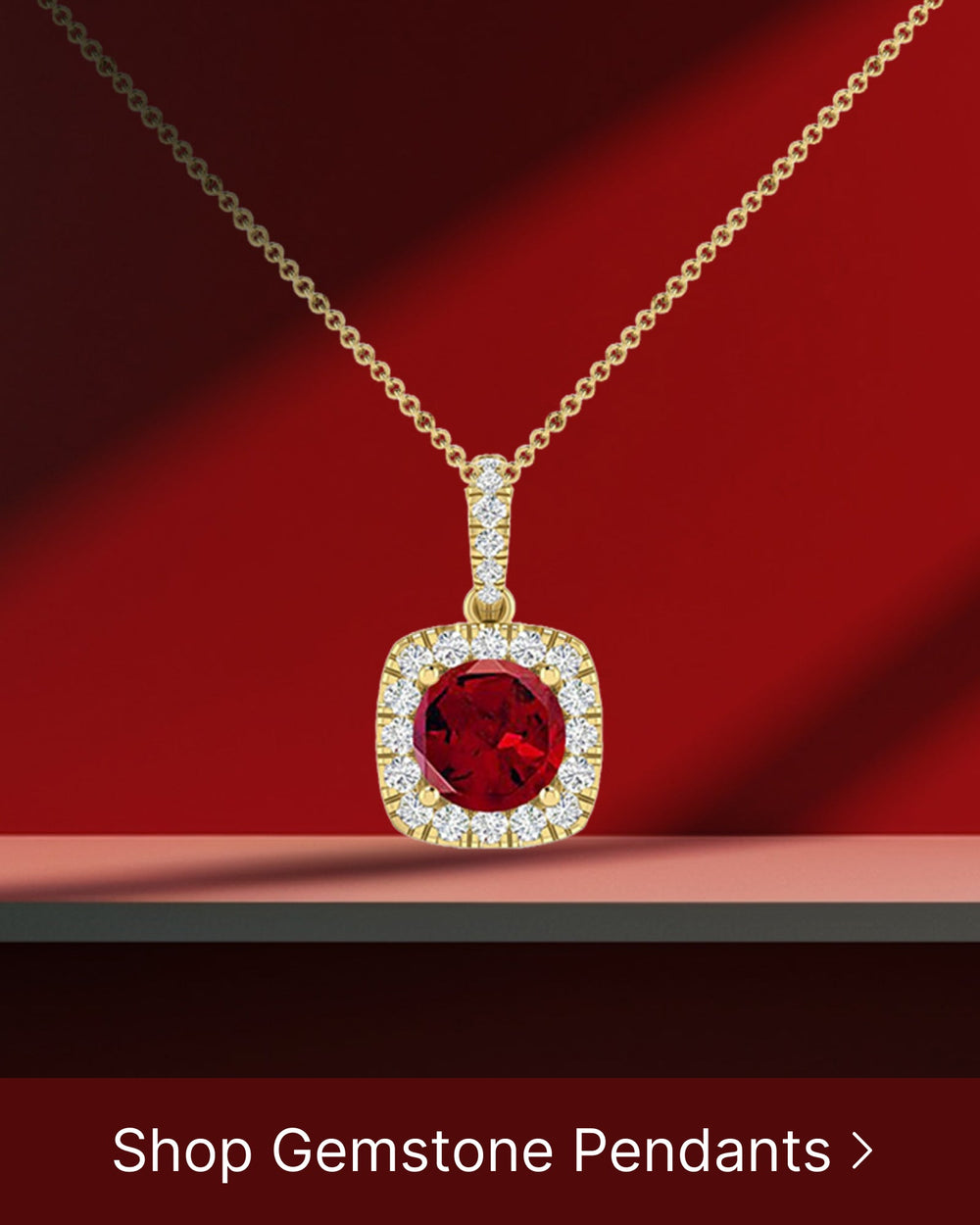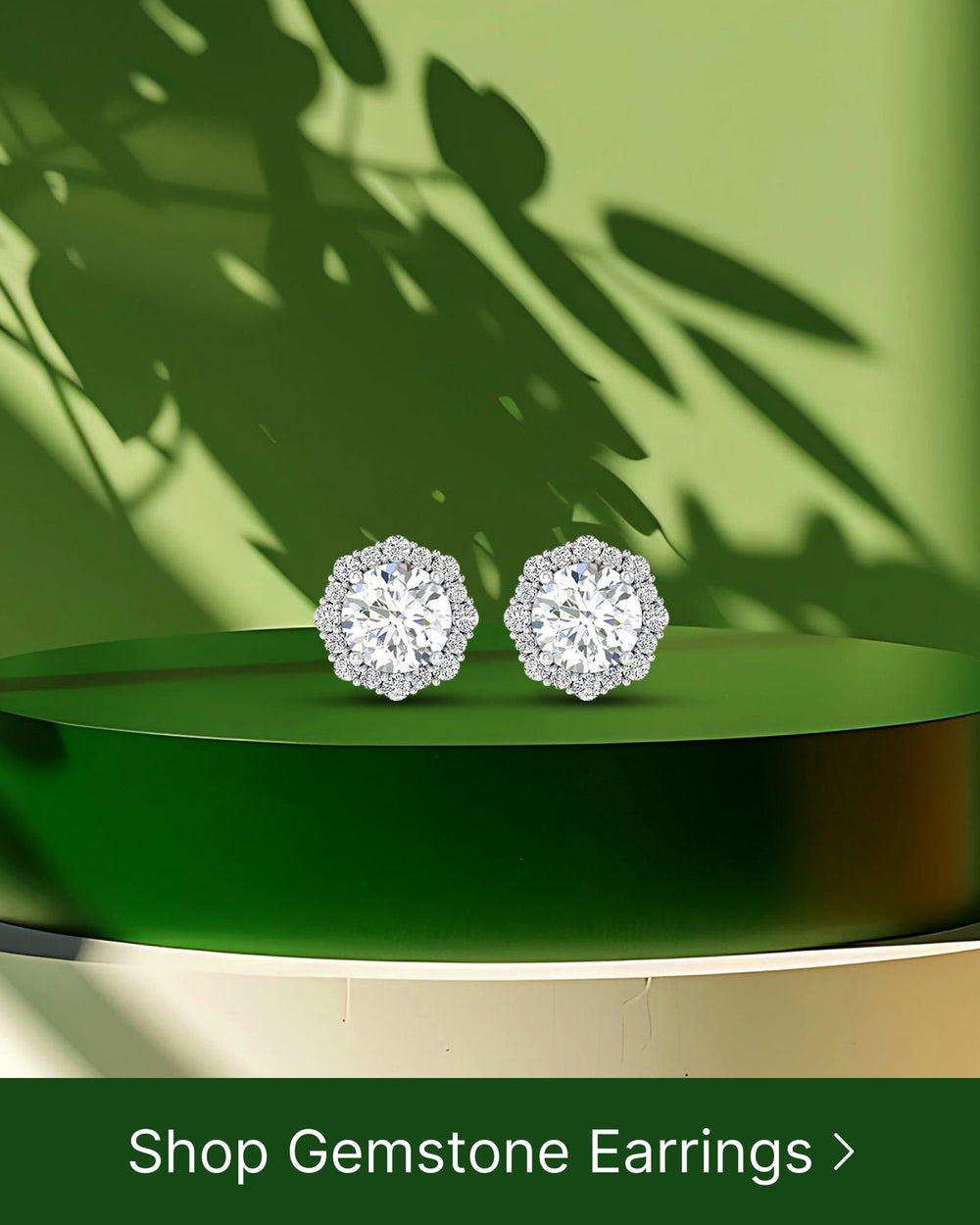Sapphires, with their mesmerizing colors and stunning beauty, have captivated humans for centuries. From the deep royal blues to vibrant pinks and rare color-change phenomena, sapphires offer a spectrum of hues that are truly breathtaking. In this comprehensive guide, we will delve into the world of sapphires, exploring their different colors and varieties. Whether you're a sapphire enthusiast or a first-time buyer, this article will provide valuable insights to help you make an informed decision.
Understanding the Basics of Sapphire Colors
Sapphires, which are a variety of the mineral corundum, come in a wide range of colors. The Science Behind Sapphire Colors plays a crucial role in determining their hues. While some sapphires exhibit a pure blue color, others may display shades of purple or green. This variation in color is mainly due to the presence of trace elements during the crystal's formation. For example, the blue color in sapphires is caused by the presence of iron and titanium, while chromium gives rise to pink or red tones.
The color of a sapphire can also be influenced by its origin. The Impact of Origin on Sapphire Hues is a fascinating aspect to consider. Sapphires from different regions, such as Ceylon, Kashmir, and Burma, have distinct color characteristics. For instance, the famous Kashmir sapphires are renowned for their velvety blue hue with a subtle hint of violet. The geographical location where a sapphire is mined plays a significant role in determining its color intensity and overall value.
Delving deeper into the Science Behind Sapphire Colors, it is important to understand the role of crystal lattice structure. The arrangement of atoms within the crystal lattice affects the way light interacts with the sapphire, resulting in the perception of different colors. In sapphires, the presence of iron and titanium atoms in the crystal lattice causes the absorption of specific wavelengths of light, giving rise to the blue color. Similarly, the presence of chromium atoms leads to the absorption of different wavelengths, resulting in pink or red tones.
Furthermore, the concentration of these trace elements within the sapphire crystal can vary, leading to different shades of blue. Higher concentrations of iron and titanium can result in a deeper, more intense blue color, while lower concentrations may produce a lighter or pastel blue hue. This variation in trace element concentration adds to the uniqueness and beauty of each sapphire.
When considering the Impact of Origin on Sapphire Hues, it is fascinating to explore the geological processes that contribute to the formation of sapphires. The specific conditions under which sapphires are formed, such as temperature, pressure, and the presence of other minerals, can influence their color. For example, sapphires formed in metamorphic rocks under high-pressure conditions tend to exhibit a rich blue color, while those formed in sedimentary deposits may display a wider range of colors, including pink, yellow, and green.
In addition to the geological factors, the local environment where sapphires are found also plays a role in their coloration. The presence of certain impurities in the surrounding rocks and soil can seep into the sapphire crystal during its growth, affecting its color. This is particularly evident in sapphires from specific regions, such as the famous Ceylon sapphires, which are known for their vibrant and intense blue hues.
Overall, understanding the Science Behind Sapphire Colors and the Impact of Origin on Sapphire Hues adds depth and appreciation to these magnificent gemstones. From the trace elements present during their formation to the geological processes and environmental factors that shape their colors, sapphires offer a captivating journey into the wonders of nature.
Delving into the Different Sapphire Varieties
Blue sapphires are the most well-known and sought-after variety. However, Blue Sapphires: More than Just Royal Blue will uncover the various shades and nuances found within this category. From deep navy blues to lighter, pastel hues, blue sapphires offer a wide range of options to suit different tastes and preferences.
Did you know that blue sapphires get their mesmerizing color from the presence of trace elements such as iron and titanium? These elements interact with the crystal structure of the sapphire, resulting in the stunning blue shades that captivate our eyes. The intensity of the blue can vary depending on the concentration of these trace elements, giving each blue sapphire its unique character.
On the other hand, Pink Sapphires possess a delicate and feminine charm. With their soft blush tones, pink sapphires have gained popularity in recent years. Their beauty and rarity make them an excellent choice for those looking for a unique and romantic gemstone.
When it comes to pink sapphires, the color is influenced by the presence of chromium and iron. The higher the chromium content, the more vibrant and intense the pink hue becomes. It's fascinating to think about how these natural elements can transform a sapphire into a symbol of love and tenderness.
Yellow and purple sapphires, while less commonly found, are equally fascinating. The Rarity of Yellow and Purple Sapphires makes them a rarity in the market. Yellow sapphires, often referred to as "canary sapphires," range in color from pale yellow to vibrant lemon hues.
Yellow sapphires owe their sunny color to the presence of iron and sometimes titanium. The combination of these elements creates a warm and radiant gemstone that can brighten up any jewelry piece. Imagine wearing a yellow sapphire pendant and feeling the warmth of the sun around your neck!
Purple sapphires, with their regal and mysterious appeal, come in shades that vary from lilac to deep violet. These captivating colors are the result of trace elements such as iron and chromium. The interplay between these elements gives purple sapphires their enchanting and alluring aura.
It's interesting to note that the color of a purple sapphire can change depending on the lighting conditions. In natural daylight, the sapphire may exhibit a different shade compared to under artificial lighting. This characteristic adds an element of surprise and intrigue to the already captivating beauty of purple sapphires.
The Unique Appeal of Color-Change Sapphires
If you're seeking a truly captivating sapphire variety, look no further than color-change sapphires. These remarkable gemstones exhibit a phenomenon where they change color under different lighting conditions, adding an extra element of intrigue and fascination. Let's delve deeper into how color-change sapphires work and explore the most common color combinations found in these enchanting gemstones.
Color-change sapphires are known for their ability to transform their hue depending on the lighting environment. In natural daylight, these sapphires may appear blue or green, showcasing their cool and serene side. However, when exposed to incandescent lighting, a magical transformation takes place, and the sapphires can turn into mesmerizing shades of purple or pink. This dramatic shift in color is a testament to the unique properties of these gemstones.
What makes color-change sapphires even more captivating is the range of color combinations they can exhibit. The most common transitions include blue to purple, green to pink, and gray to violet. Each combination offers its own allure and charm, making color-change sapphires a favorite among collectors and connoisseurs of fine gemstones.
Imagine owning a color-change sapphire that transitions from a vibrant blue during the day, reminiscent of a clear summer sky, to a regal purple in the evening, evoking a sense of mystery and elegance. Alternatively, picture a sapphire that starts off as a lush green in natural light, reminiscent of a lush forest, and then transforms into a delicate pink under the warm glow of incandescent bulbs, creating a romantic and ethereal ambiance.
It is the rarity and uniqueness of color-change sapphires that make them highly sought after in the world of gemstone collecting. These gemstones are not only visually stunning but also hold a certain allure due to their ability to adapt and transform. Each color-change sapphire is a one-of-a-kind treasure, with its own distinct personality and story.
Whether you're a gemstone enthusiast or simply appreciate the beauty of nature's wonders, color-change sapphires are sure to captivate your imagination. Their ability to change color, coupled with their inherent beauty, makes them a truly special addition to any jewelry collection.
The Fascinating World of Star Sapphires
Star sapphires are another intriguing variety that is highly coveted by gemstone enthusiasts. What Makes a Sapphire a Star Sapphire? These unique gems showcase an optical phenomenon called asterism, resulting in a star-like pattern on the surface of the stone. The star effect is caused by the presence of needle-like inclusions within the sapphire, which interact with light and create the distinctive star shape.
The color of star sapphires also plays a role in their appeal. Colors and Their Impact on Star Sapphires can vary from deep blues to lighter hues, intensifying the beauty of the star effect. Each star sapphire is as unique as a fingerprint, with its own pattern and color combination.
How to Choose the Right Sapphire Color for You
With a multitude of sapphire colors to choose from, selecting the right one can be a daunting task. Considerations for Choosing Sapphire Jewelry include personal preference, skin tone, and the setting in which the sapphire will be mounted. While blue sapphires are a timeless classic, other colors such as pink or yellow can add a vibrant pop of color to your collection.
Furthermore, each sapphire color carries its own Meaning and Symbolism. Blue sapphires, often associated with wisdom and royalty, are believed to bring clarity and focus to the wearer. Pink sapphires symbolize love and compassion, while yellow sapphires are thought to bring prosperity and abundance.
Whatever your preference may be, sapphires offer a world of possibilities when it comes to color and variety. From lustrous blues to ethereal pinks and mesmerizing color-change phenomena, each sapphire is a unique masterpiece of nature. Armed with the knowledge gained from this guide, you're now equipped to explore the vast spectrum of sapphire hues and make an informed choice when selecting your own precious gem. Happy sapphire hunting!






